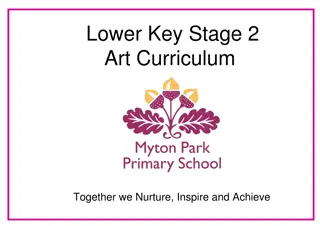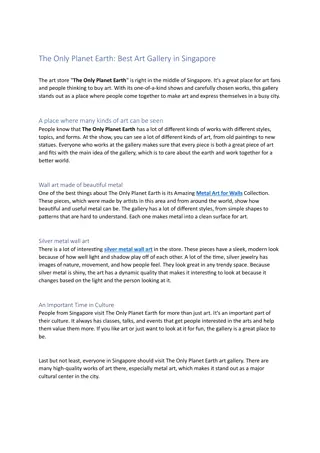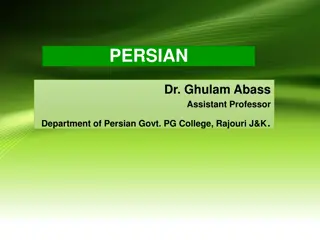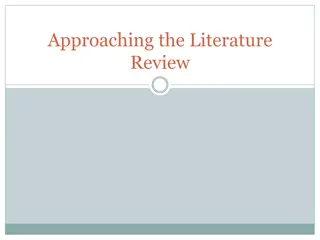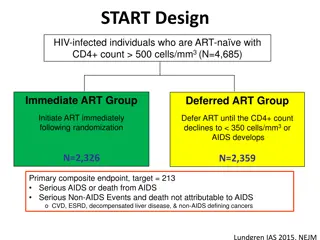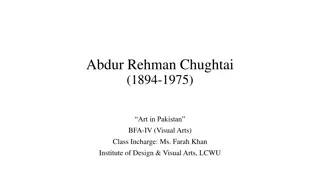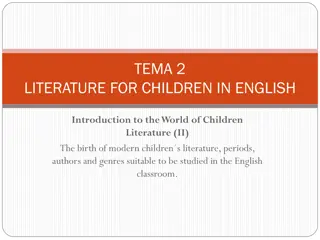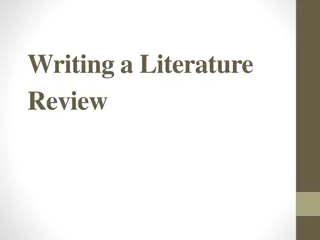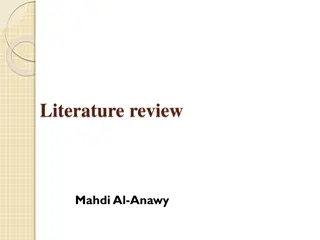ART/LITERATURE
Creativity and literary contributions flourished in the 1920s, reflecting societal shifts. The era saw a surge in creative endeavors by individuals representing evolving societal norms. Print media engagement increased, offering leisure reading options. The "Lost Generation" emerged, disenchanted with American materialism and seeking artistic sanctuary in Europe. The Harlem Renaissance showcased African-American life through various art forms. The period was marked by a departure from tradition, with artists and writers aiming to challenge social injustices and capture the zeitgeist of change.
Download Presentation

Please find below an Image/Link to download the presentation.
The content on the website is provided AS IS for your information and personal use only. It may not be sold, licensed, or shared on other websites without obtaining consent from the author.If you encounter any issues during the download, it is possible that the publisher has removed the file from their server.
You are allowed to download the files provided on this website for personal or commercial use, subject to the condition that they are used lawfully. All files are the property of their respective owners.
The content on the website is provided AS IS for your information and personal use only. It may not be sold, licensed, or shared on other websites without obtaining consent from the author.
E N D
Presentation Transcript
ART/LITERATURE IN THE 1920S C R E AT I V I T Y A N D L I T E R A RY C O N T R I B U T I O N S W E R E R A M PA N T I N T H E 1 9 2 0 S , W I T H M A N Y R E P R E S E N T I N G T H E S O C I E TA L C H A N G E S I N T H E I R WO R K S .
PRINT MEDIA With more leisure time, and greater access to education, more people started to read during the 1920s. Reading books, magazines, and even other circulations became popular as a pastime. At the same time, more creative thinkers entered the scene to create to meets the demands.
A LOST GENERATION Some more established authors in the 1920s did not like the changes they saw in the United States. Most importantly, they did not like the way Americans had become so materialistic. These authors not only began to write about their views, but they also moved out of the United States, claiming themselves to be ex-patriots. Gertrude Stein, F. Scott Fitzgerald, and Ernest Hemingway published works on the excessiveness of America as they settled in Europe away from the extremes.
HARLEM RENAISSANCE Along with musical contributions from the Harlem creators, artists and authors also arose to share their interpretations of African-American life. Works by Langston Hughes, Zora Neale Hurston, and Claude McKay shared the hardships and injustices faced by African-Americans, while art pieces represented their lives in these times.
EXPRESSION APPRECIATED Art and literature in the 1920s was deliberately a break from tradition. The writers and artists attempted to attack the injustices of society and to express the new ideas of the rapidly changing generation. With vivid stories or vivid portraits, the creators of the 1920s filled the pages of newly published magazines and filled the walls of homes and museums.
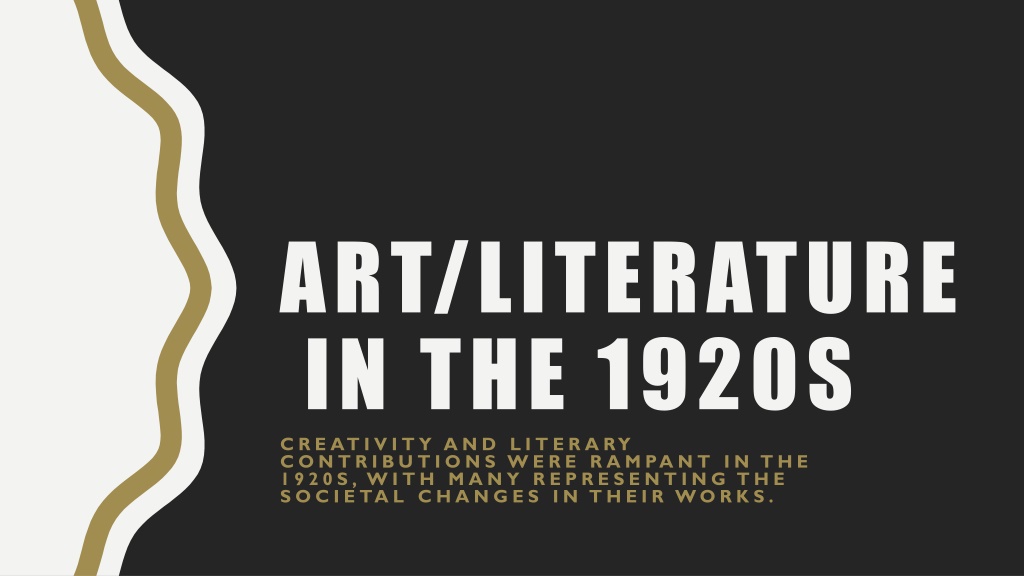
 undefined
undefined

![[PDF⚡READ❤ONLINE] In Ruins: A Journey Through History, Art, and Literature](/thumb/20543/pdf-read-online-in-ruins-a-journey-through-history-art-and-literature.jpg)
